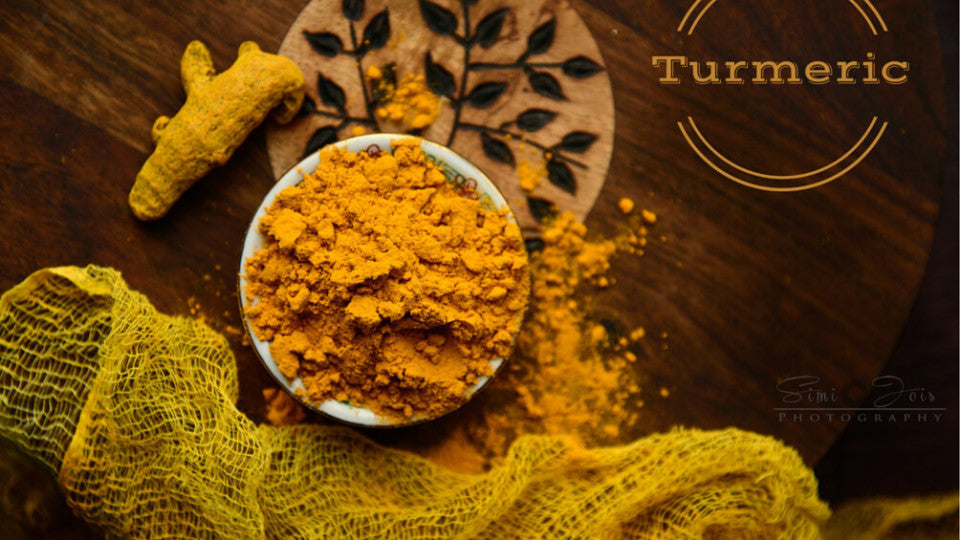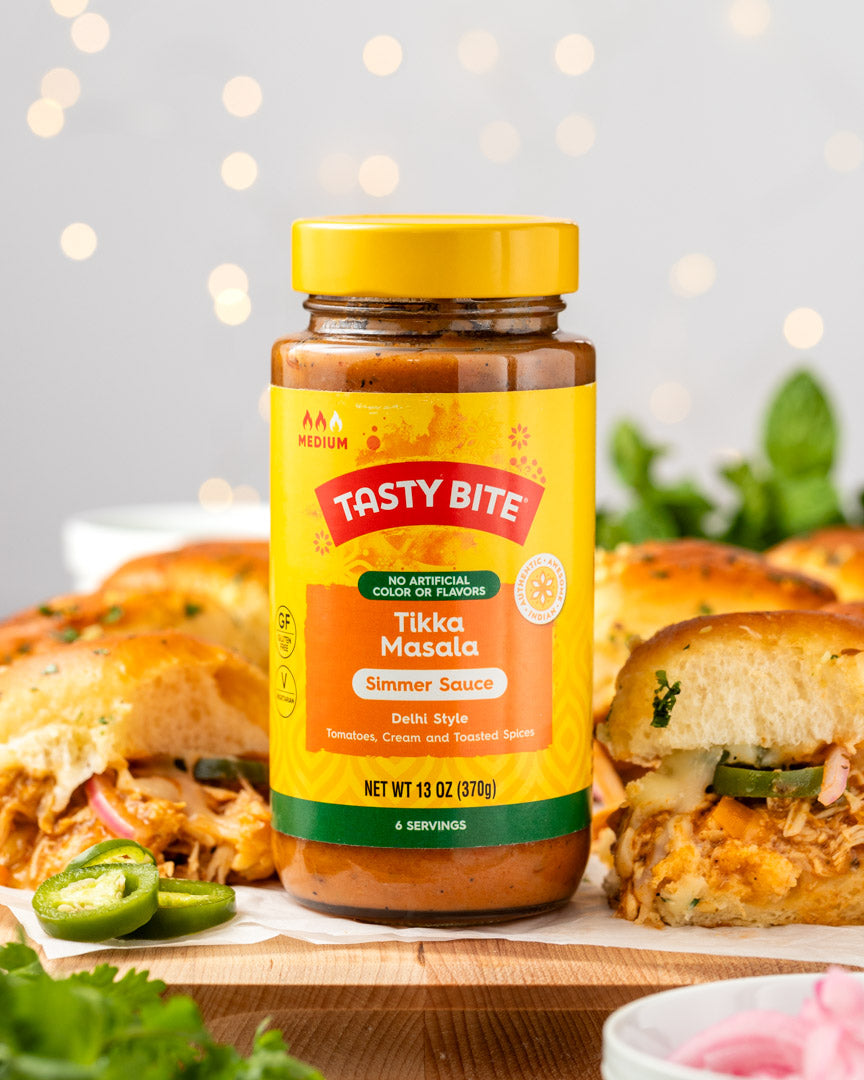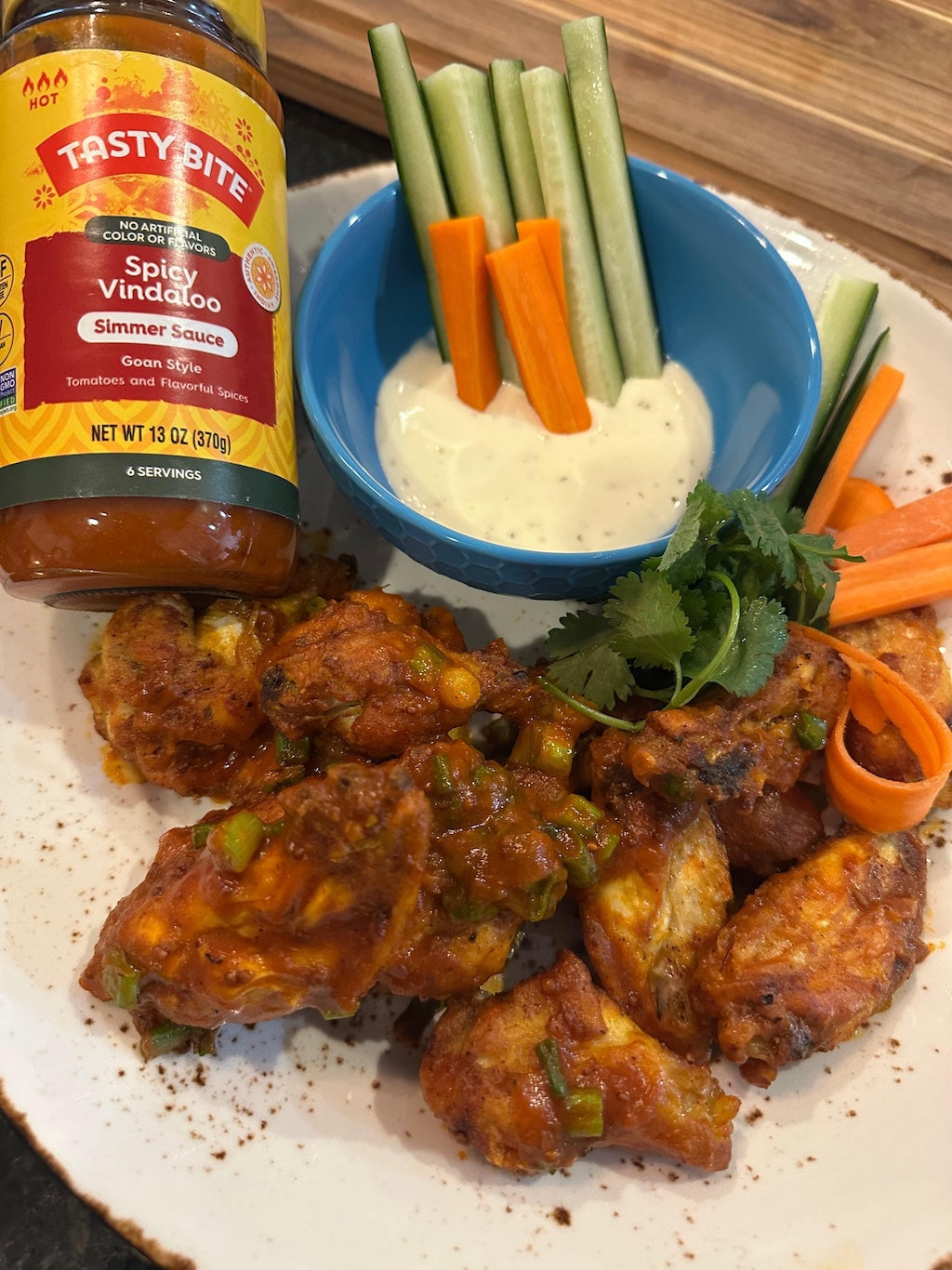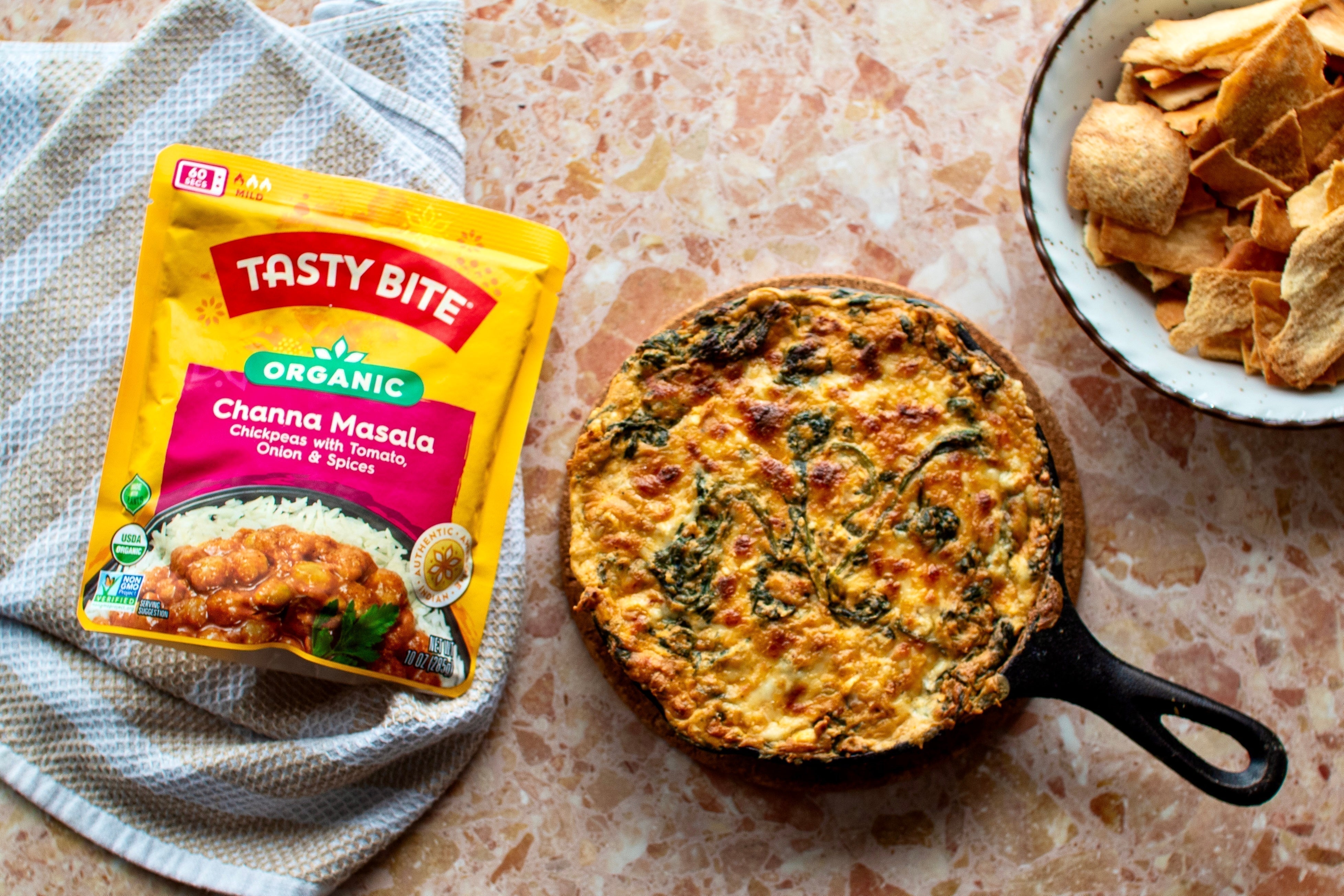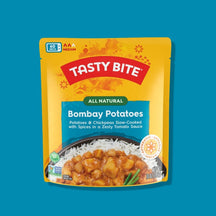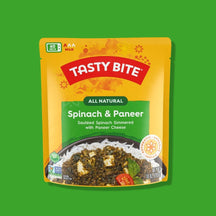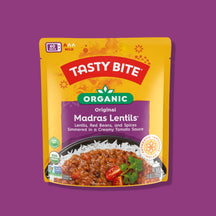Method
Turmeric is traditionally called the Indian saffron; it originated in southern India about 4000 years ago. This region continues to be the world’s largest producer. It has been documented to have been used in Vedic culture (1750–500 BCE). From India, expanded into China by 700 AD, East Africa by 800 AD, West Africa by 1200 AD to all over the globe in the centuries to follow. It is a well-traveled historic spice. The Arab traders carried turmeric to Europe around the 13th century. Marco Polo, while on his several legendary voyages to India via the silk route, was so impressed by turmeric that he had mentioned it as a vegetable that possesses properties of saffron.
Turmeric is a rhizome like ginger. A rhizome is a rootlike subterranean stem that usually produces roots below the ground and sends up shoots progressively from the upper surface. Turmeric powder, a common byproduct of the root vegetable, is made from drying small pieces of chopped Turmeric and grinding it into a fine powder most commonly used as a spice in cooking. The leaf and flower of the plant are also said to have medicinal properties, just like the root.
There are more than fifty varieties of turmeric and not all of them used for cooking – each has it’s own distinct medicinal property.
1- Turmeric is used as a dye and as a litmus paper
Turmeric is probably best known for the bold yellow color it gives to curry. In ancient India it was used as a dye for clothing and threads for centuries, it is still used as a dye for clothing in several monasteries. Archeological evidence show that dyeing was a widespread industrial enterprise in Egypt, India and Mesopotamia around third millennium BC. Turmeric was extensively used.
It is also used as a coloring agent in cheese, butter and other foods. In the 1870’s, chemists discovered turmeric’s orange-yellow root powder turned reddish brown when exposed to alkalines. This led to the development of turmeric paper … to test for alkalinity, also known as curcuma paper.
2- Turmeric is used in cosmetics
Turmeric has been used for cosmetics for centuries, in fact it is still used in skin creams, soaps, foundations and is said to give a glow to the complexion.
In India even today, there is a tradition of using a pack made from turmeric and gram flour used by the bride before her wedding – this face and body pack is said to give the bride a glow for her wedding day. Not only is turmeric a sacred spice used in weddings, it has cosmetic properties too. If you are thinking that if it was used as a dye, turmeric is going to turn your skin yellow (like the minions)…. not really. There are a lot of varieties of turmeric and Kasturi turmeric is used for beauty and skin related ailments. Kasturi turmeric does not color your skin and is not used for cooking but only for external application. Turmeric is never used alone on the skin it is always used with conditioning agents like yogurt or chickpea flour. If your skin is turning yellow from turmeric, probably because it’s not Kasturi turmeric or it’s not pure organic turmeric. It’s an important ingredient in many branded skin care products, next time be sure to read the label of some of your skin care product, you will find it there.
3- Turmeric is great for the skin
Turmeric paste mixed with other natural ingredients helps hasten the healing of wounds and bruises, and is still applied to all sorts of skin conditions – from smallpox and chickenpox to blemishes, shingles, minor cuts and burns.
The antibacterial properties help treat skin related ailments, and prevent the spread of infection. A paste with turmeric and aloe vera helps soothe sunburned skin. Turmeric and Manuka honey paste is known to heal on cuts and wounds without blemishes and scarring.
Turmeric is said to minimize skin irritation, rashes, itching, swelling and inflammation associated with most types of eczema. It helps restore hydration and gives the needed moisture for skin affected with drying and scaling caused by eczema. Turmeric is not only anti-inflammatory, antifungal, antibacterial, antioxidant but also a detoxifier. It is used for treating acne, helps prevents wrinkles, removes dead dull skin, keeps the skin glowing and removes excess facial hair.
4- Turmeric has religious significance
During Ancient India turmeric, the golden spice or spice of life, was associated with the Sun. Sun Gods were a focal point of worship at the time. It is associated with fertility and prosperity, the turmeric pack is not only used for the bride, as mentioned above but groom too – not only for cosmetic value but it is said to calm nerves and ease any anxiety before the big day.
Haldi (turmeric) and kumkum (also made from turmeric and dried lime) has a deep significance in Hindu and Buddhist culture. It not only symbolizes fertility and prosperity , turmeric also represents purity and spiritual connection with the earth (turmeric being a rhizome) and the deep yellow associated with Sun and abundance and sacral chakra.
The wedding cards in a hindu wedding are first marked with haldi-kumkum and then distributed.
5-Turmeric: magic medicinal properties
The medicinal properties of turmeric dates back to prehistoric times, when the science of medicine was passed on by verbal teaching, even before it was documented in writing. Modern medicine is slowly but surely embracing this miracle golden spice. You will find turmeric capsules in the health and wellness aisle of your grocery store.
Turmeric has an anti-inflammatory agent to treat a wide variety of conditions, including flatulence, jaundice, menstrual difficulties, hemorrhage, toothache, bruises, and colic. It is an antiseptic and is a natural remedy to heal cuts and bruises.
Turmeric is often prescribed by Ayurvedic doctors to treat cholesterol and improved liver and gallbladder function – the science behind how it works and the dosage can only be explained by a certified Ayurvedic doctor and is beyond the scope of this article.
Web Md says, “Turmeric is used for arthritis, heartburn (dyspepsia), stomach pain, diarrhea, intestinal gas, stomach bloating, loss of appetite, jaundice, liver problems and gallbladder disorders.
It is also used for headaches, bronchitis, colds, lung infections, fibromyalgia, leprosy, fever, menstrual problems, and cancer. Other uses include depression, Alzheimer’s disease, water retention, worms, and kidney problems.”
Some articles have claimed and linked the frequent use of turmeric to lower rates of breast, prostate, lung and colon cancer, again not a scope of this article.
Bonus – Turmeric as a spice isn’t the only way to use Turmeric in the kitchen
That’s how most of us know turmeric – as a spice in your pantry. Many of us who are fond of cooking have used turmeric sometime in our culinary adventures. The health benefits of this spice is no mystery. Lots of research has been done over the years and modern medicine has somewhat embraced this magic-spice. If you are looking for ways to incorporate this in your daily life here are some recommendations.
Turmeric milk: boil a cup of milk with ½ tsp of turmeric and a pinch of black pepper powder. The black pepper cannot be eliminated as it helps the absorption of curcumin (turmeric), sugar for taste.
Some unusual use of turmeric in cooking:
The root of turmeric (fresh) is pickled with spices.
Natural color for Easter eggs.
Use fresh turmeric in coleslaws.
Turmeric n’ ginger tea.
Fresh turmeric in smoothies.
Use in baking – lemon and turmeric cake or lemon and turmeric sorbet
There are a lot of recipes with turmeric – some of our favorites are below:
Tofu curry : http://www.turmericnspice.com/2014/09/tofu-in-rich-n-cream-curry.html
Spice blend: http://www.turmericnspice.com/2014/09/simple-all-purpose-spice-blendmasala.html
Detox tea : http://www.turmericnspice.com/2015/01/ayurvedic-detox-tea.html
Nutmeg pear cake : http://www.turmericnspice.com/2014/03/nutmeg-pear-cake.html
Disclaimer : The author is not a nutritionist or an expert in the field, all information is provided to the extent of the author’s knowledge. No changes to one’s diet, lifestyle, or any other aspect of person should be made without consulting a medical professional. The author is not liable for any issues that may arise as a result of any advice followed pursuant to this article.

